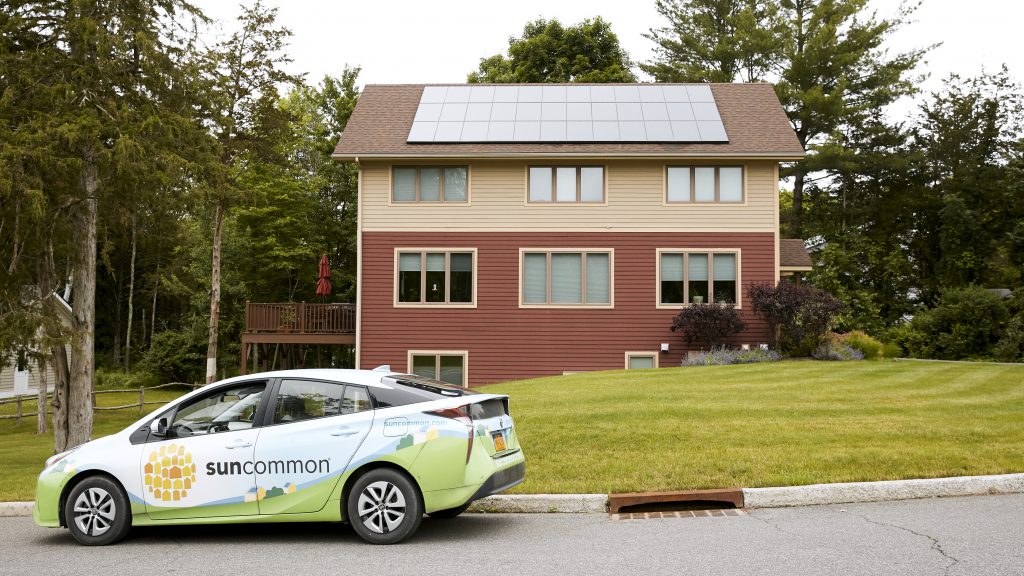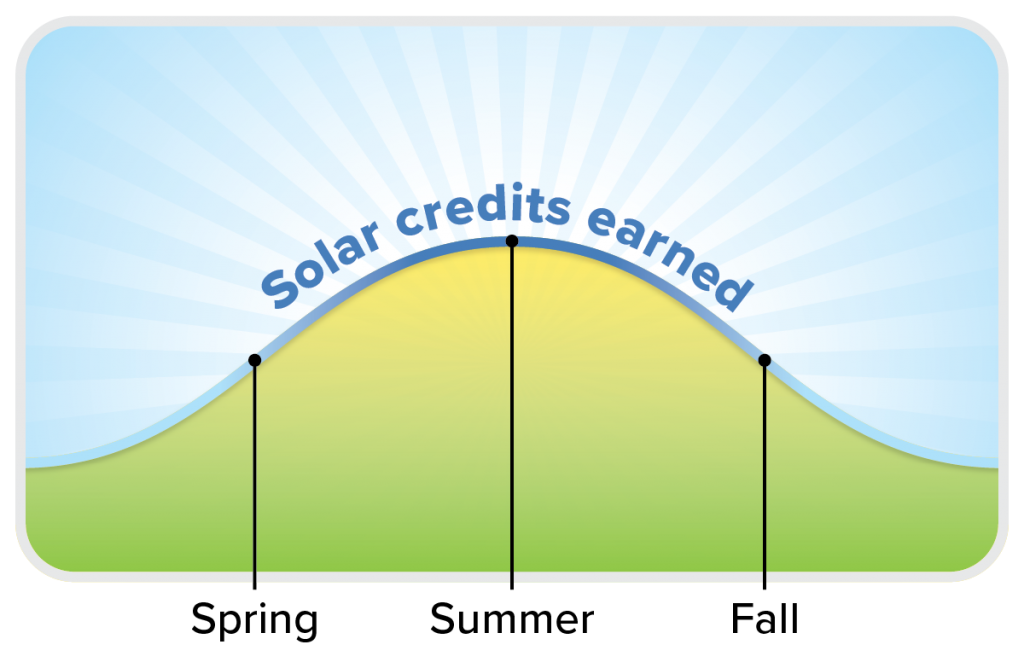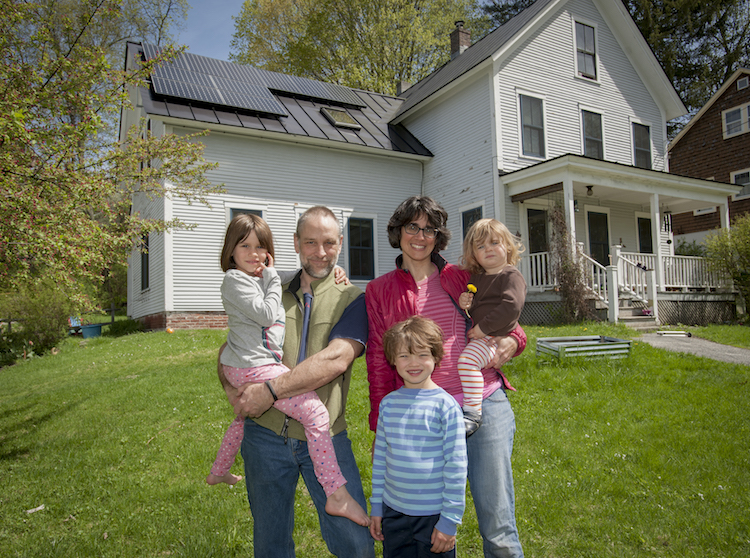

Have you ever heard someone say that it’s no use going solar up North because there’s not enough sunlight? It’s true that in the higher latitudes of the United States, the days are pretty short for half the year, which in turn means not much solar production.
But the flipside is that as short as those fall and winter days are, they’re that much longer in the spring and summer. In fact, for many days of the year, we receive far more sunlight than the average home needs to run on solar power.
Now, if only there was a way to capture that extra sunlight to use during the darker months… Turns out there is! Utility companies in New York and Vermont are required to compensate you for solar energy you produce. This system is called Net Metering, and it’s what helps make solar financially accessible for a lot of homeowners.
Net Metering helps you become your own power plant
Let’s say on a particularly sunny spring day, your solar panels produce more energy than your household uses. All that extra electricity doesn’t go to waste — it actually gets fed back into the electric grid. Your utility company keeps track of any extra energy your panels produce and credits it to your account.
At the end of a billing cycle in which you generated more power than you used, your utility will send you a statement showing your balance of banked solar credits, and your bill will effectively be zero. At the end of the summer, you’ll have tons of solar credits on your account because of all those long sunny days where your panels made more energy than you used.
Later in the year when the days get short again, your solar home will use more power than it generates. This is when your banked credits become useful. At the end of your billing cycle, instead of charging you for energy you used from the grid, your utility will just subtract from your banked credits, and, once again, your bill is effectively zero.
Another way to think of it? You’re basically your own mini power plant, selling solar energy to your utility in the summer to pay for your power needs during the winter.


We crunch the numbers for you
Our job as your solar provider is to do all the complicated math — taking into account the angle of sun onto your roof, the amount of energy you’ll likely use in a year, etc. — and build you a custom solar system that will produce just enough excess energy during the summer to pay for your energy needs during the winter. Ideally you’ll run out of banked credits in the spring just as the days start getting longer again.


Heads up Vermont: net metering is changing soon!
You may have heard that the state Net Metering incentive (sometimes called the “solar adder”) is decreasing on September 1, 2022. This means that new solar customers in Vermont will be compensated less by their utilities for the solar energy they generate.
Going solar will still be a cost-saving energy solution thanks to net metering, but if you want to get the most savings out of solar, we recommend you check it out now before this change takes effect. It’s not too late to lock in today’s incentive rate.




